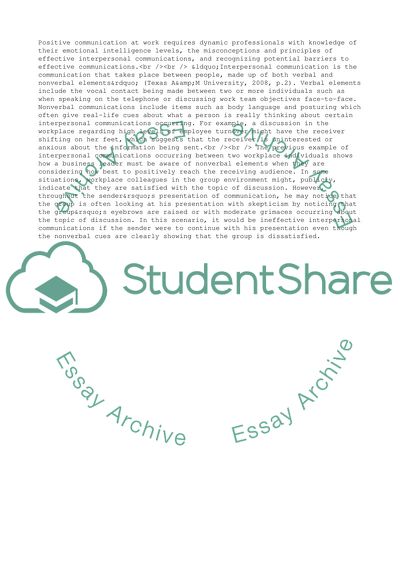Cite this document
(Interpersonal Relationships in Business Coursework, n.d.)
Interpersonal Relationships in Business Coursework. https://studentshare.org/business/1727902-interpersonal-relationships
Interpersonal Relationships in Business Coursework. https://studentshare.org/business/1727902-interpersonal-relationships
(Interpersonal Relationships in Business Coursework)
Interpersonal Relationships in Business Coursework. https://studentshare.org/business/1727902-interpersonal-relationships.
Interpersonal Relationships in Business Coursework. https://studentshare.org/business/1727902-interpersonal-relationships.
“Interpersonal Relationships in Business Coursework”. https://studentshare.org/business/1727902-interpersonal-relationships.


